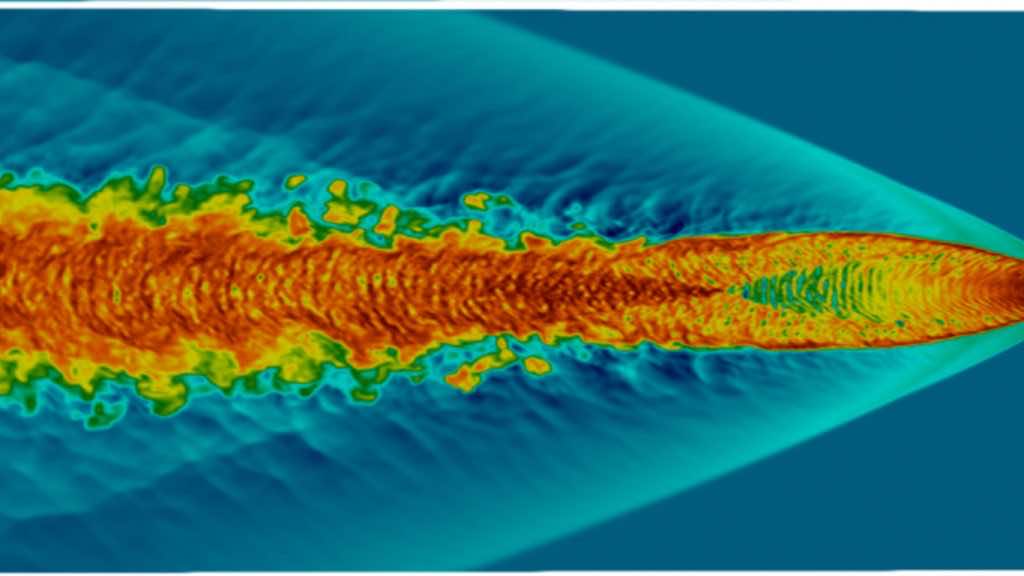In a paper published Tuesday in the peer-reviewed journal Physics of Fluids, two physicists simulated the launch of a SpaceX Falcon 9 rocket blasting into space. They found some alarming truths.
“We don’t care about a rocket’s carbon footprint. That’s irrelevant,” says researcher Martin Ross. For him, it’s the particles contained in rocket exhaust — chiefly alumina and black carbon — that really matter. “These particles scatter and absorb sunlight. They change the temperature and circulation of the stratosphere,” Ross says.
The researchers have made simulations that incorporate data about the rocket and its propellant (RP-1) with equations that describe how gases behave under various conditions. Thanks to some serious computing power, the researchers were able to predict how exhaust behaves after exiting the nozzles, at increments of roughly 0.6 miles (1 km) in height.
According to their calculations, the amount of exhaust released by a Falcon 9 as it travels between 70 km and 70.99 km (roughly 43 miles) is just one-fourteenth the amount of mass found in one cubic kilometer (roughly .25 mi3) of air at that altitude.
However, the amount of CO2 that a Falcon 9 introduces into higher levels of the atmosphere as it passes through is quite high. Once it passes an altitude of 27 miles (43.5 km), a rocket starts emitting more than one cubic kilometer’s worth of CO2 for each kilometer it climbs. By the time it reaches 43.5 miles (70 km), a Falcon 9 releases more than 25 times the amount of CO2 found in a cubic kilometer of air at that altitude.
It’s more than CO2. “Perhaps even more crucially, the [amount of] carbon monoxide (CO) and water (H2O) [in rocket exhaust] are of a similar order as carbon dioxide,” the authors write. That’s a concern because there’s hardly any carbon monoxide or water high in the atmosphere. “Therefore, these compounds’ emissions at high altitudes introduce an even more significant contribution/rise to the existing, if any, trace amounts already present.”
The World Meteorological Organization and the UN Environmental Program will publish a new report this year that will show how rocket emissions eat up the ozone. This is expected to create awareness about the issue.

